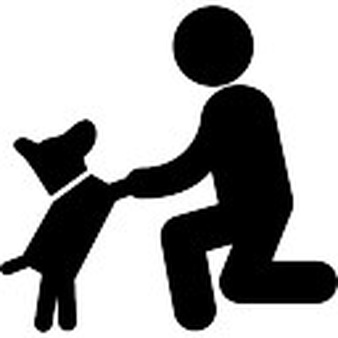Even in the earliest days of dinghy sailing the keen racers quickly learned that some classes in a mixed race fared better than others over a given course – assuming relatively equal skill of sailor.
Why not just compete against your own class? Good point. Perhaps the numbers were not large enough initially to sail by class but whatever the reason Mr Stanley Milledge in 1947, at Langstone Sailing Club, devised a handicap system using a base of 100 and eventually produced a set of tables (Langstone Tables) for clubs to use. Anyone who does race officer duty interested enough, take a look [here]. And you thought the latest formula calculation was difficult!
In 1952 Milledge created the Portsmouth Yardstick – a tool for converting elapsed time to corrected time based on a handicap number. In 1960 he handed over administration to the RYA and in 1976 a new format was used. The base number for calculation was 1000 (to accommodate the growing number of classes) so that a fast boat e.g. Dart 15 is set below the baseline at 931 and a Laser, being slower than a Dart, is set at 1097.
The sequence of events mapping the development of the PY rating system to its present day use can be viewed on this RYA chart
The RYA’s guide notes on how PY works, current listings, how racing clubs should feed into it and racing instructions can be found on the RYA site at this link ; http://www.rya.org.uk/racing/Pages/portsmouthyardstick.aspx
How much does any of this matter to Beaver sailors? Most of us will not know our PY rating by memory and generally, depending on our boat, we are simply aware that we have to lap other classes or beat them by a certain distance or a number of markers to stand a chance. Other less experienced sailors won’t even be aware of a PY rating and will commonly wait to see the published race results to see where they were placed.
On occasion there’s talk of one boat having a favourable handicap. Some sailors will even opt for such boat to ensure they win. The fact is that the same situation may not exist in another club which sails under a differing set of conditions. At Beaver we are an inland lake of relatively undisturbed water with a couple of prevailing wind directions. A shore based sailing club subjected to tides, waves, currents and sea breezes might favour the faster boats.
For the PY system to work well it needs feedback data from as many racing clubs as possible to average out the rating across a set of conditions. Unfortunately the RYA does not get as many clubs as it would wish making contribution. The outcome can then be dynamically changed or not so, depending on how those few contributing clubs perform.
So is the system fair still? Allowance is already made in handicapping for different sail types within class e.g. Laser Radial, Streaker wave, Topper 4.2 etc. Should it also account for sailor competency so that we each have an individual club handicap? We might feel frustration when we’ve sailed our utmost best only to be placed behind a sailor of a more favoured handicap who we feel is not as competent.
After 65 years of use and with so many classes of boat it’s a tried and tested method. Nothing’s ever perfect especially when dealing with so many variables of application (club conditions, sailor competency, data feedback). In the end it only makes us grind our teeth when we participate in handicap racing. When we race in our own class we can only cuss our own mistakes if we do badly and sing our praises when we do well.
So with PY rating well established most sailors racing handicap will nod to it as being acceptable (but with some boats having a more favourable handicap).
